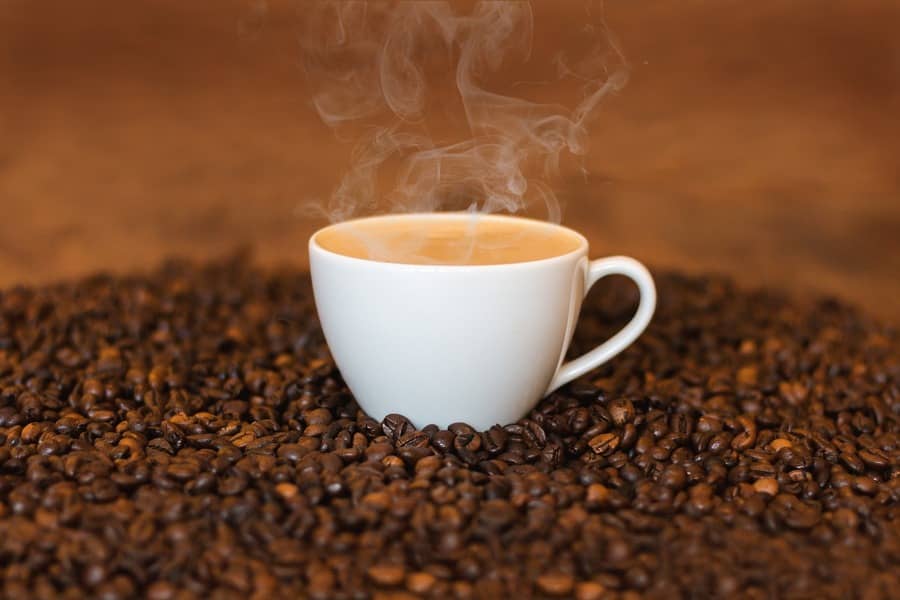The sales flow remains very slow in Brazil, given the withdrawn posture of growers and a short external demand for the period. The drop in price justifies the sellers’ behavior. The low availability of the current crop, given the arabica crop failure, reinforces this stance. Even so, prices are still weak, with better cups already trading below BRL 1,000 a bag, scaring sellers.
On the other hand, external demand remains short and slow, in a period in which the buying presence is usually more intense. Trading companies complain that buyers have shortened the size of lots, which slows down the flow of sales. The buyers’ posture does not allow differentials to gain value at ports, inhibiting the detachment of the internal price from the external benchmark. This mismatch keeps the ends apart, and the business flow is very slow.
The SAFRAS survey indicates that, until November 8, sales of the 22/23 crop in Brazil reached 65% of the expected production. The 5% advance over the previous month is much more linked to the performance of conillon sales, which are more active than arabica. The sales flow continues well below the same time last year, when it reached 72%, and slightly above the 5-year average of 64%.
Arabica sales reach 62% of the total crop, with a halted flow and a large distance between the ends. In the same period last year, the commitment on the part of growers was around 69%. The five-year average for the period is something around 63%.
The sales of conillon reach 71% of the crop, with emphasis on the positions of the domestic roasted and ground industry. The sales flow remains well below the same period last year, when it was at 72% of production, but slightly above the 5-year average for the period (64%).

